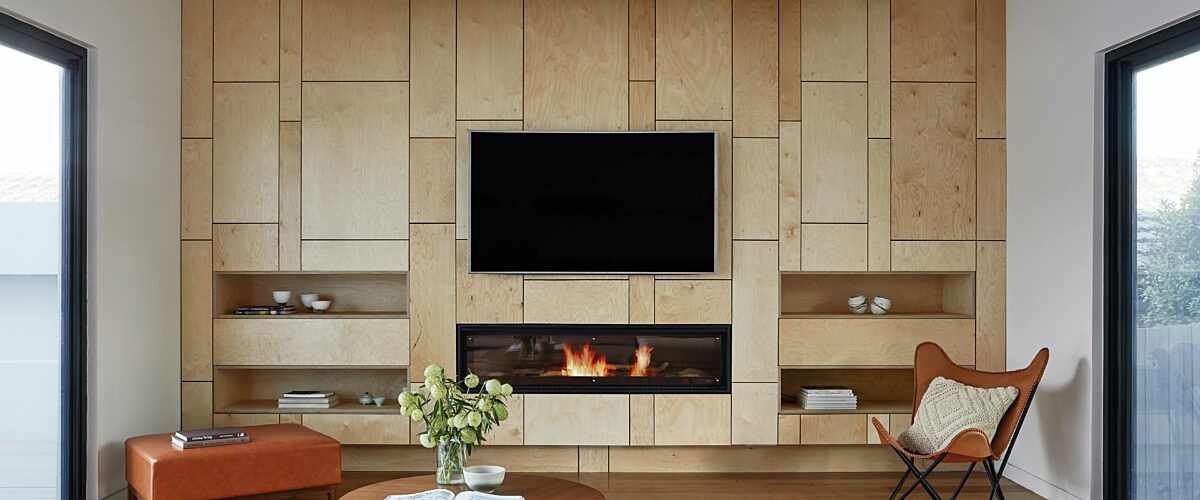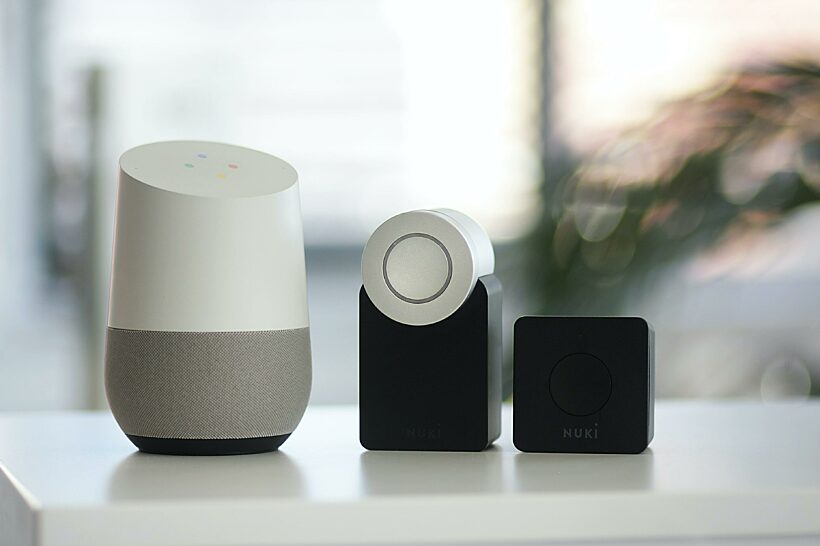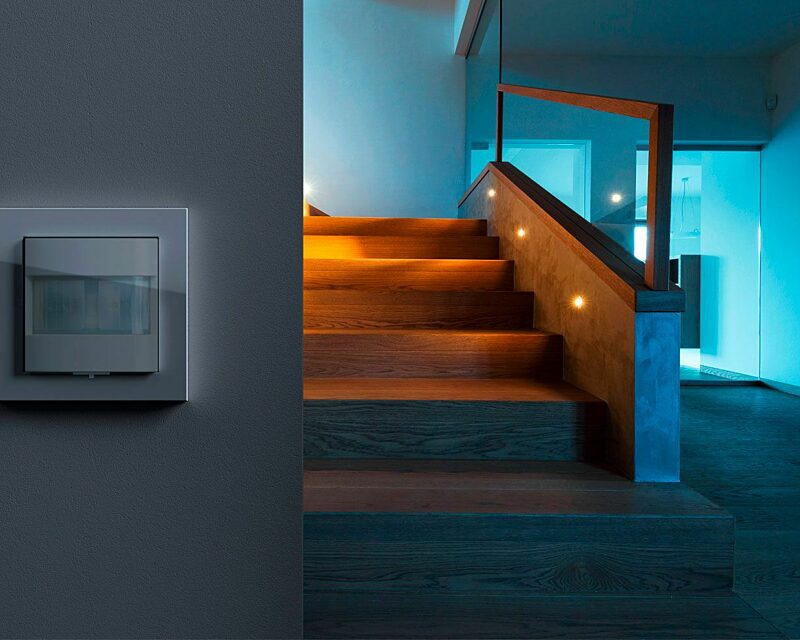
Are we welcoming social robots into our smart homes?
You may already have a robot vacuum cleaner rolling around your home, but what do you think about a home system with actual social skills? The technology of social robots is quickly improving, making the interaction with your smart devices more fluent and even human-like.
Yes, social robots are no longer a thing of the distant flying-cars-future. Their rapid evolution could very well be a result of the infamous lockdowns during the Covid-19 crisis, where our social interactions were limited to our own living space and family members. As a result, the need for communication and conversation has never been more relevant. Though the technology is still at its early stages, here’s a quick peek into the future of smart homes.

Service robots vs social robots
Contrary to service robots, - i.e. lawn mowers and vacuum cleaners - social robots don’t have a clear function. They operate as a ‘brain’ and are more likely to become part of an overall system hub. One of their prominent attributes is the ability to translate human language into computer coding, much like the role of voice assistants today. In time, these voice assistants could disappear as social robots will be integrated in your smart home hubs.
More than traditional voice interpreters, social robots will comprehend context and behavioral models during your interactions. This way, they are able to anticipate your needs and stear smart devices, including service robots, to fulfill them. In order to do so, natural language programming has to be implemented into their algorithm. This entails the refinement of several existing technologies, such as echo and noise cancellation and voice recognition.
Due to the complex nature of social robots, service robots can be unjustly perceived as ‘dumb’. But the ambition of smart home designers is grand, hoping to prescribe technically challenging tasks to these existing service robots, such as cooking, as well. Though these actions do not require specific interaction, they do involve a certain level of intelligence - i.e. remembering a recipe, adjusting a meal according to the amount of table guests …
Combining service and social functionalities
Ambitious robotic engineers aim to implement service and social functionalities of robots into a single interface. This way, mobility is added to your smart home devices, providing the ultimate comfort. Imagine, telling your robot you feel like eating Indian food without any specifics and it ‘knowing’ exactly what to cook with the ingredients provided in your cupboards. Functioning completely independently, fulfilling the dream of every smart home designer.
This inclusion of movement in the social robot design might not seem too hard (robots are already driving around), but that's a blunt assumption. Cameras and motion sensors, though already excessively integrated in our connected homes, have to be further developed, purposely focusing on interacting with and moving like people.
The integration of social robots in your connected home would take home automation and comfort to the next level. Relax while your home anticipates your wishes and daily routines (when the technology is ready of course).


